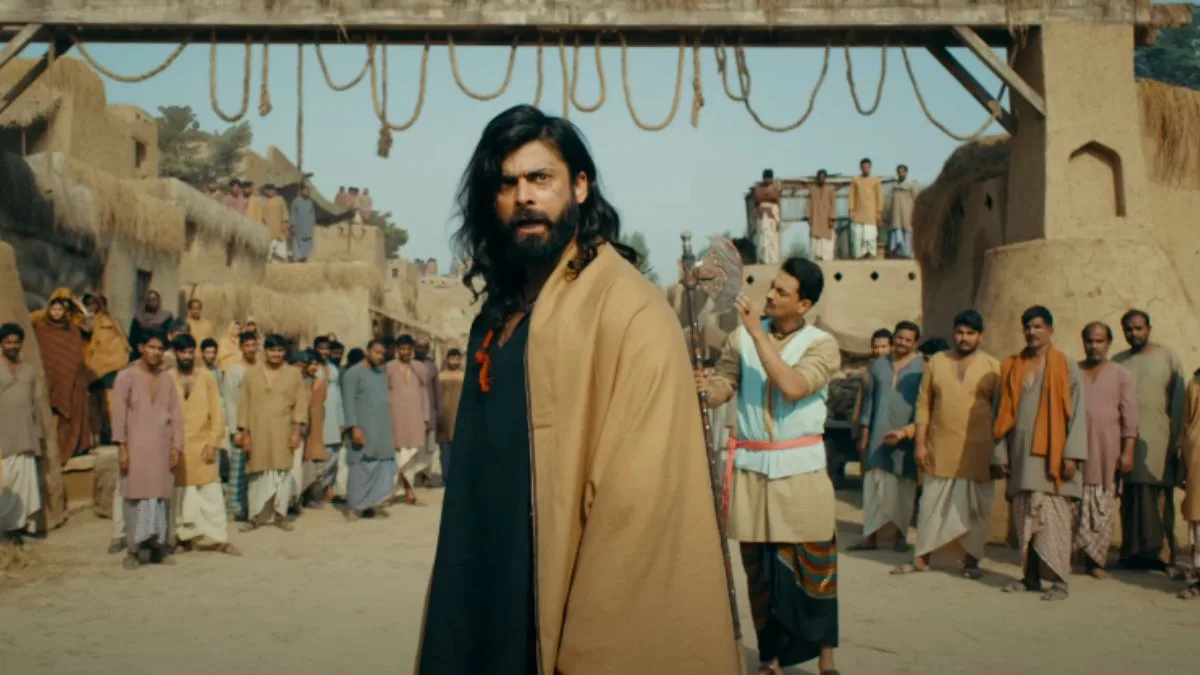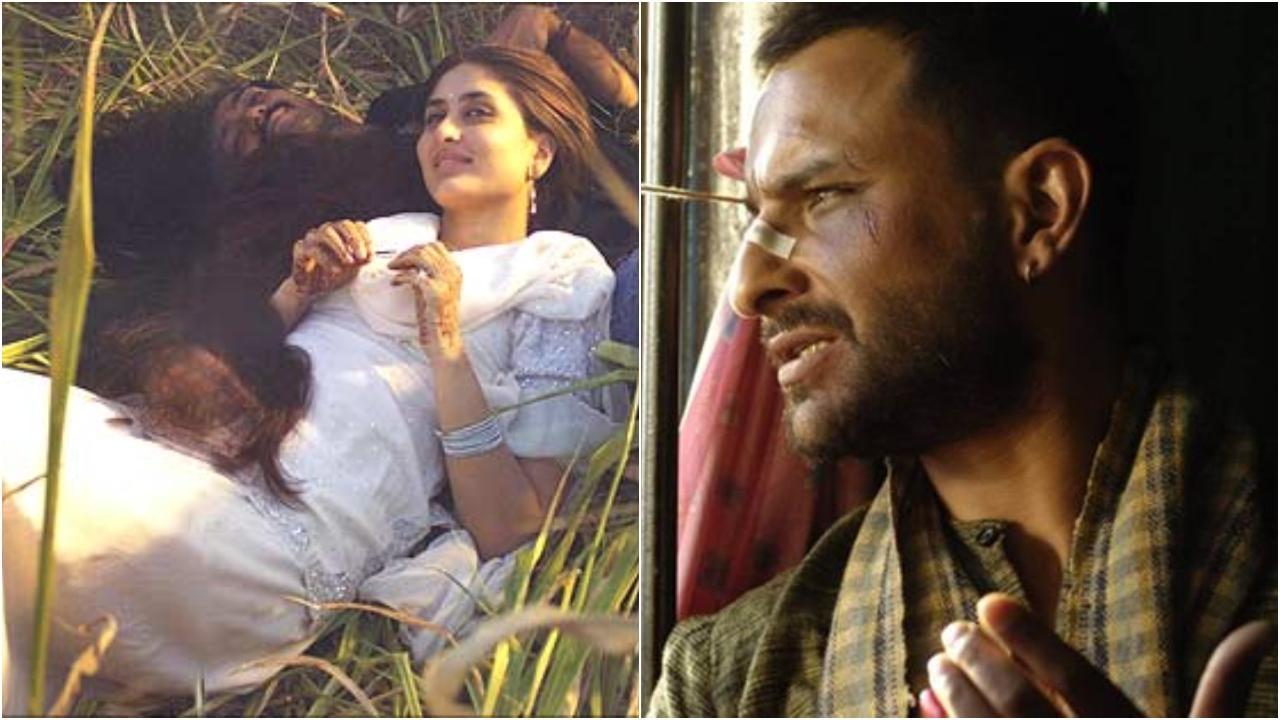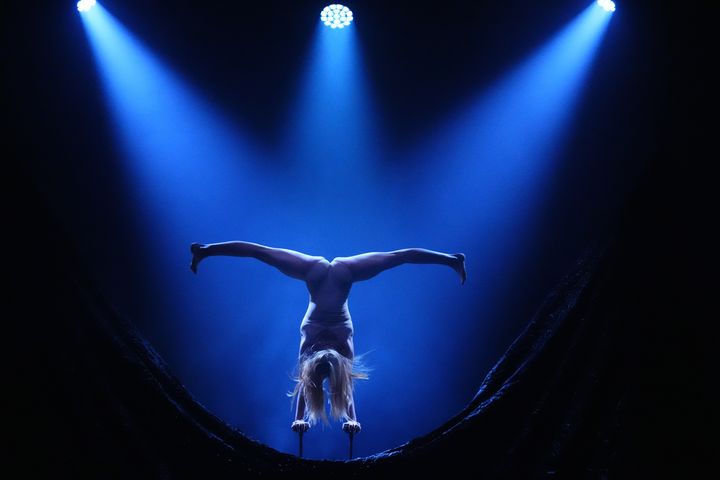Because of the rising cost of basic necessities, traffic, and curiosity, the author takes on the challenge of conquering the historic avenue I did it in three hours 30 minutes. This is how long it took me to get from the Oblation of the University of the Philippines in Diliman to the gates of my village in Makati on foot. That’s 17 kilometers.
I have been going to UP of late in preparation to enroll in the UP School of Archaeology (UP-SoA) Phd program. My husband and I will soon be dropping o f f m y son, Ian Orestes, at university in the US and it will be days of empty once we do. So, to combat the expected loneliness, I’ve decided to take my Phd.

That day, I spent the morning in the library drafting my concept paper as part of my intent to apply at the UP-SoA. I was having my lunch at the newly renovated University Hotel where I chanced upon my mentor Dr. Victor Paz.
We were both pleasantly surprised to see each other. Paz told me to visit him in his home, which was nearby, where I had a lovely catch up with him and his family whom I had not seen in ages. That afternoon, I told them about my plan to walk to Makati from UP that night, traveling along Epifanio de los Santos Avenue (EDSA).
They were adamant against this plan and attempted to dissuade me. I reasoned with my mentor, describing this walking feat as a sort of mental calisthenics to help prepare me for the rigorous academic demands I’d be facing as a PhD candidate. At the end of the day, “Why not? Why can I not walk along EDSA?” He eventually acquiesced, listening to my rationale and having witnessed first-hand, through the decades of our friendship, my adventures that had taken me not only to foreign urban but far-flung isolated places like the highlands of Scotland and mountains of the Himalayas and the Dolomites as a solo female traveler, coming back home relatively unscathed.
After the Paz family bade me farewell and safe passage, I headed to the UP Oval and seamlessly joined the night crowd of strollers and runners. It was indeed a lovely evening. The sky was clear after days of night rains and there was a cool breeze in the air.
A good portent for my urban journey. I was suddenly filled with joy at being able to satiate my curiosity about how it would feel to walk the length of EDSA (well a swath of it) and be able to say that I did. For years, I would watch people walking along EDSA and wonder who they were, what their life was like, where they were walking to, and from where? It piqued my curiosity and enabled my imagination to roam, conjuring imagined stories of the people I saw while driving.
From the people and their imagined lives, I then began to wonder about the physicality of walking EDSA— the convenience or perhaps the inconvenience of it all. But for most, it had now become a necessity. As I’ve mentioned in previous articles, the rising prices of basic commodities and transport fares have been chipping away at people’s monthly wages, forcing most to forgo meals and taking mass transit for some portions along their way to and from work and home.
Physically, I knew I could do it having trekked farther in a day in the past. Edsa is 23.8 kilometers long, and I was merely going to walk a little over 70 percent of its total length.
Safety was one factor, but I didn’t think it would be any different compared to other countries I have traveled in solo. One just needs to be more aware of one’s surroundings. And having scoped the area countless of times, I knew for the most part, the pedestrian path would be lit and, if something does happen, some commuter would see and with hope do something.
Worse comes to worst, I could probably run the distance from any harm. To get to Makati, I chose the northbound pedestrian path—vehicular traffic going north, toward Balintawak but walking to Makati counterflow—as my training as a pedestrian and runner dictated to go against traffic. I have also noted that there are more establishments open till late on the northbound side.
By doing so, I had hoped to increase the chance of an uneventful urban journey by foot. EDSA was built during the American colonial period during the term of President Manuel L. Quezon.
Construction began in 1939. It was then called the North and South Circumferential Road or The Manila Circumferential Road or just Circumferential Road stretching from Pasay to Caloocan. It was built as part of the growth expansion program of the colonial government that was also eyeing to make Quezon City its new capital.
It has seen a few name changes since: Right after the war, Highway 54/ Route 54 and during President Ramon Magsaysay’s term (1953-1957), 19 de Junio (after Jose Rizal’s birthday). It was in 1959, during President Carlos P. Garcia’s (1957-1961) term, that Republic Act no.
2140 was passed renaming the avenue we now know today as EDSA, after the “great among the Great Filipino scholars” Epifanio de los Santos. Epifanio was born in Malabon on April 7, 1871. He studied the Ateneo Municipal de Manila.
He took law at the University of Santo Tomas and topped the bar exams. In 1898, Epifanio became a member of the Malolos Congress representing Nueva Ecija. In that same year, he was appointed associate editor of La Independencia, writing under the nom de guerre G.
Solon. La Independencia was established by General Antonio Luna to be the “official mouthpiece” of the Philippine Republic. A year after the death of General Luna (June 5, 1899) and a year before the dissolution of the First Republic with the capture of Emilio Aguinaldo by the Americans in Palanan, Isabela (March 23, 1901), Epifanio was elected governor of Nueva Ecija in 1900.
After his term as governor, he served as fiscal for the provinces of Nueva Ecija, Bulacan, and Bataan. In 1925 he was appointed by Governor General Leonard Wood to the position of director of the Library of the Philippines and Museum until his death in 1928. As director, Epifanio was documented to have traveled the world, searching, documenting, and collecting Filipiniana materials.
He is best remembered as a nationalist who believed in the artistic capabilities of the Filipino. He once said: “We Filipinos are the most promising people in the world. We have unheard of possibilities.
There never has been a people similarly situated. Here we are in the Orient, with our Oriental thoughts and sentiments, but living amid a civilization more Western than was ever known in the East. The Philippines is the only country where East meets West.
The Filipino is a true cosmopolite. From him the world may expect something new and distinctive.” Just to add, Epifanio also co-founder other newspapers.
He was described as “a brilliant essayist on Tagalog literature, the Tagalog theater, and Philippine art and folk music.” And although he might not have left literary works like Rizal he was said to have written biographical and historical sketches on a number of his contemporaries, revolutionaries, and artistic personalities of the time. Speaking of historical sketches, while working on my late uncle President Ferdinand E.
Marcos’ unpublished Tadhana series, I came across Epifanio’s name and in reference to the Katipunan and the controversy surrounding who actually founded the secret society. Epifanio claimed that although Andres Bonifacio was the acknowledged founder, Marcel H. Del Pilar’s role as the “initiator if not its inspirer” of the secret society could not discounted.
The Katipunan was founded by Andres Bonifacio, Ladislaw Diwa, Deodato Arellano, Valentin Diaz, Teodoro Plata, Jose Dizon, among others on Azcarraga Street (now Claro M. Recto) on the night of July 7, 1892. The claim that the idea of the Katipunan came from del Pilar was substantiated by Katipunan co-founder Jose Dizon (1892) and Supreme Council member and Secretary of the Interior (1896) Aguedo del Rosario.
Both said Bonifacio might have gotten the idea for the Katipunan from letters written by del Pilar to his brother-in-law Dr. Deodato Arellano giving him instructions to create the secret society. According to Epifanio, the fact that Arellano became the president of the Supreme Council was indication of del Pilar’s role as initiator.
Another strong argument for this claim were the accounts of Dizon and del Rosario of Bonifacio borrowing the letters of del Pilar to Arellano with the purpose of “copying them as relics.” It’s all very historical Maritess but these thoughts among others kept me company on my urban journey by foot along EDSA..



















